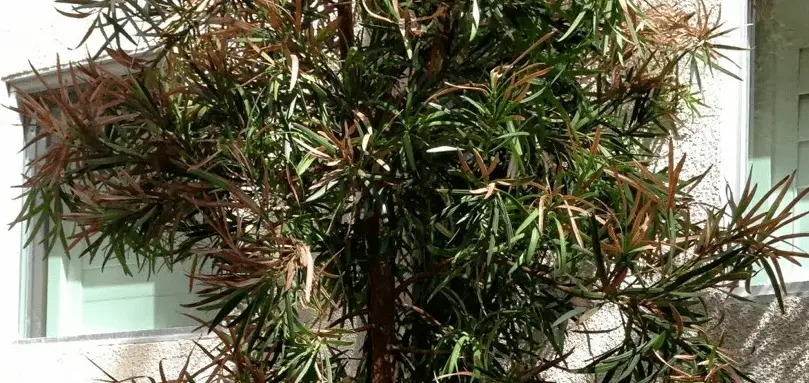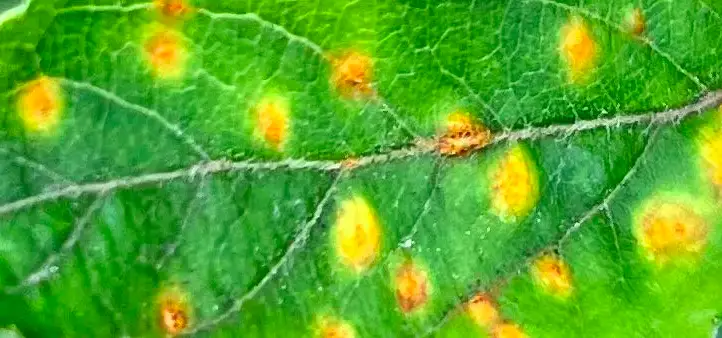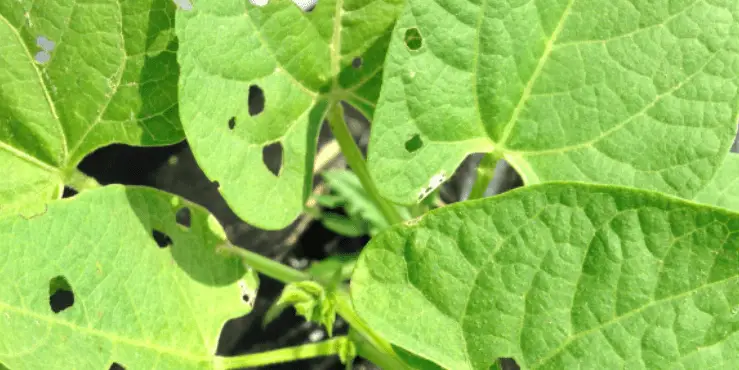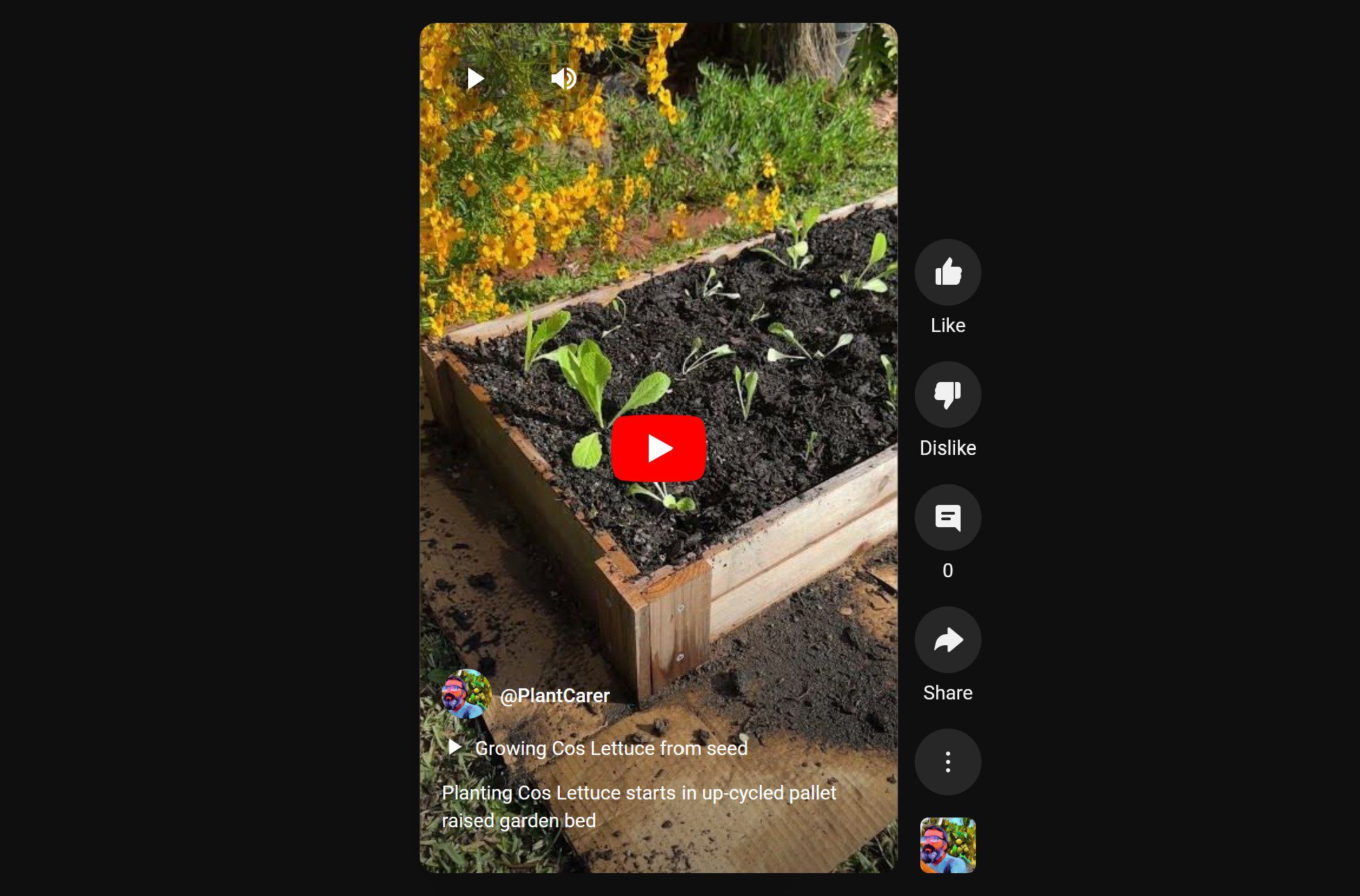Have you ever looked outside and noticed holes in the leaves of your hazel tree? If so, you’re not alone. Hazel trees are prone to developing small holes in their leaves, but what causes this and what can be done about it? In this blog post, we will discuss the reasons why hazel tree leaves develop holes and how you can remedy the situation.
Why Are There Holes in Hazel Tree Leaves?
Pests are the most common cause of holes in hazel tree leaves. Aphids, earwigs, and caterpillars are all common pests that can cause damage to hazel trees. If you notice holes in the leaves of your hazel tree, it’s a good idea to inspect the tree for signs of pests.
These pests eat away at the leaves of the hazel tree, which can cause the leaves to develop holes. In severe cases, the pests can even kill the hazel tree. If you notice any signs of pests on your hazel tree, it’s important to take action immediately.
You may not even know that you have a pest problem until you notice the damage they’ve caused. Pests, like aphids, are tiny and can be hard to spot. Take a magnifying glass and inspect the leaves of your hazel tree for any signs of pests. If you see any, it’s time to take action.
How to Treat Hazel Tree Leaves with Holes?
Once the culprit has been identified, you can begin treating the hazel tree leaves with holes. If the holes are caused by pests, the best course of action is to use an insecticide. There are many different types of insecticides available, so be sure to choose one that is specifically designed to kill the type of pest you have.
I’ve had good success with Neem oil, which is a kind of vegetable oil that is derived from the seeds of the neem tree. It has been used as a traditional pesticide in India for centuries, and it is now gaining popularity in other parts of the world as an environmentally friendly way to control pests.
Neem oil works by disrupting the life cycle of insects that feed on plants. When applied to leaves, it prevents them from laying eggs, which means insects are unable to reproduce and populations will eventually dwindle.
Simply mix the Neem oil with water according to the instructions on the bottle and apply it to the leaves of your hazel tree. The Neem oil will kill the pests and prevent them from returning.

How to Keep Pests Away From Hazel Tree Leaves?
Now that you know how to treat hazel tree leaves with holes, you need to take steps to prevent pests from returning in the future.
The first step is to keep a clean garden. Pests are attracted to gardens that are cluttered and overgrown. Keep your hazel tree well-pruned and remove any dead leaves or branches from the ground. This will make it less inviting for pests.
You should also consider using a pesticide regularly, even if you don’t see any signs of pests. A preventative approach is always better than waiting until there is a problem.
Finally, quarantine new plants before adding them to your garden. This means keeping them in a separate area for a few weeks to make sure they are not infested with pests.
What Else Causes Holes in Hazel Tree Leaves?
There are a few other reasons why hazel tree leaves may develop holes…
Disease
Hazel trees are susceptible to a few different diseases, including leaf spot and blight. These diseases can cause the leaves of the hazel tree to develop holes, as well as discoloration and premature dropping.
You can usually tell if it’s a disease as the leaves will suddenly change color or start to fall off the tree before they should. If you notice any of these symptoms, it’s important to take action immediately.
Use a fungicide to treat the tree and prevent the disease from spreading. Be sure to follow the instructions on the fungicide carefully, as using too much can be just as harmful as not using enough. As I said earlier, neem oil is an effective fungicide and pesticide that works on fungal diseases and pests.
Physical Damage
Hazel trees are also susceptible to physical damage, which can cause the leaves to develop holes. Things like hailstorms, strong winds, and even heavy rain can all cause physical damage to the leaves of a hazel tree.
There isn’t too much you can do to protect from weather damage, but try to choose a location for your hazel tree that is sheltered from strong winds.
Animals
Finally, animals can also cause holes in hazel tree leaves. Whether it’s deer eating the leaves or rabbits chewing on the bark, animals can cause a lot of damage to hazel trees.
The best way to protect your hazel tree from animals is to build a fence around it. This will keep most animals out and give the tree a chance to recover from any damage that has already been done.
Should I Prune Hazel Leaves with Holes?
Hazel leaves should be pruned if a disease is present, if the leaves are significantly damaged, or if they are significantly different in size or shape from the rest of the leaves on the tree.
Pruning hazel leaves will improve the overall appearance of the tree and help it to stay healthy. When pruning, be sure to sterilize your pruning shears before and after use to prevent the spread of disease.
I hope this article was helpful in understanding why there are holes in hazel tree leaves and what you can do about it. If you have any questions or comments, please leave them below. I would love to hear from you! Thanks for reading!
Conclusion
To confirm, it is usually the result of pests if there are holes in hazel tree leaves. Use neem oil as an effective fungicide and pesticide to treat the tree and prevent the problem from returning.
Holes in hazel tree leaves can be caused by a number of different things, but fortunately, there are solutions for all of them. By taking action quickly and following the steps above, you can keep your hazel tree healthy and looking great.
Do you have a question about hazel trees that I didn’t cover in this article? Leave a comment below and I’ll do my best to answer it!
Tim is an avid gardener from the UK. He was the founder of PlantCarer.com from 2021 to Sep 2023. He sold PlantCarer.com to Aaron. He has since started his own business called Seed To Supper, which provides new gardeners all the materials you need in a box (pots, seeds, compost and instructions) to grow your own delicious and nutritious vegetables and herbs from start to finish – no garden required.









0 Comments